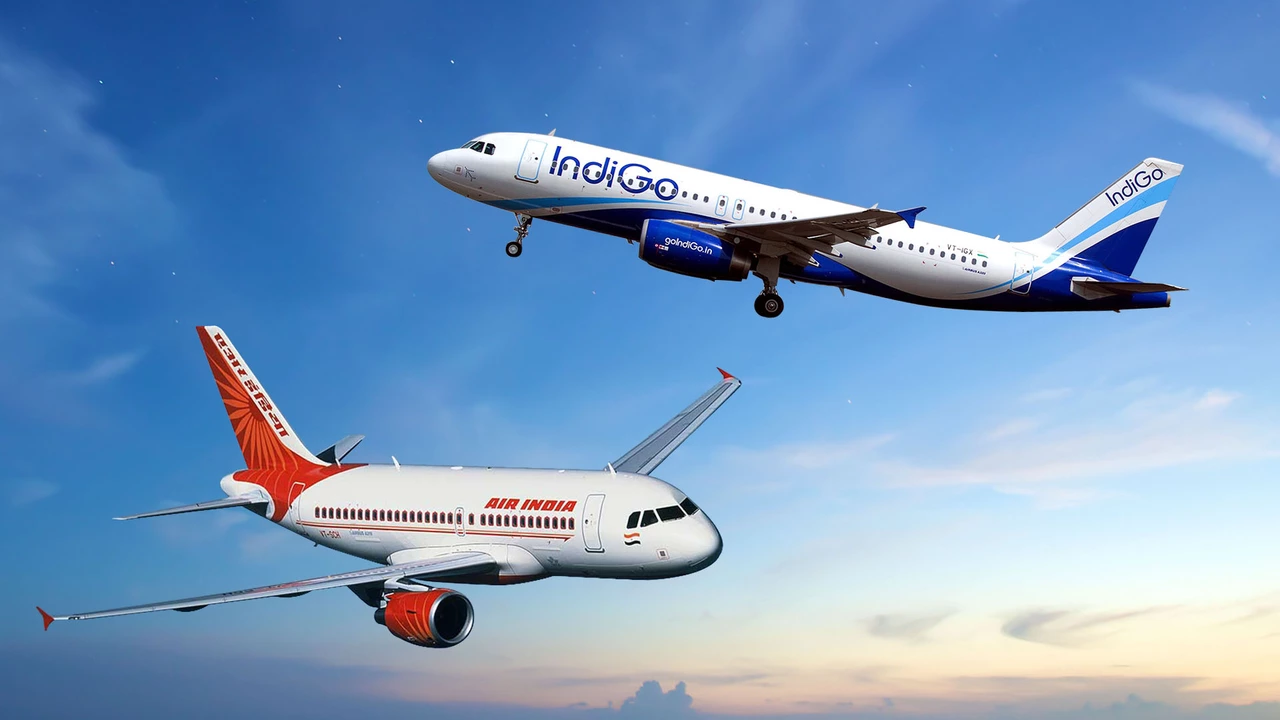Unraveling the Identity of Air India
Last night I was out walking Bruno, my faithful dog, when I encountered a fellow pet owner. Amidst the discussion of dog breeds and the monsoon in Mumbai, somehow, the conversation veered towards, of all things, Air India. We pondered on whether Air India is a government body or not. An intriguing question, isn't it? Well settle in, scrape off that frown, and let Arvind, your friendly neighborhood blogger, unravel the identity of Air India.
An Overture to the Merger
Dialing back in time to 2007, the Government orchestrated a merger between two significant airlines in the country, Air India and Indian Airlines. Indian Airlines was primarily seamed to domestic flights, whereas Air India was, for the large part, an international flyer. Merged into a single entity, this new airline was christened Air India. It’s tempting to draw an analogy with Bollywood plots – two separated siblings reunited by destiny, hugging it out under the statue of their long-lost mother on a rainy day. But we’re here to talk about facts. Dry, well-ironed facts. So, buckle in because we’re diving into the labyrinth of government functioning.
The Governing Factor: Ministry of Civil Aviation
Although the merged entity is commercially known as 'Air India,' the technical term is 'National Aviation Company of India Limited' (NACIL). Ever since its inception, the Ministry of Civil Aviation governs NACIL. When I say 'governs,' I do not mean that the Ministry has merely christened the name of the company or has sewn a flag. The government has the big hand here. Meaning, the Ministry handles significant decision-making, the appointment of board members, allocation of routes and fleet, everything. It's as if the Ministry is the director, and Air India is that eager-to-please new starlet performing in front of the audience - the audience being you, me, and Bruno, my dog.
Mapping Air India's Corporate Anatomy
Beneath the commercial cloak of Air India, it functions as any other government body would. The management structure resonates with that of a government undertaking. The operations and decisions are mapped out in a government grid plot, and seasoned bureaucrats, instead of industry experts, often control the management. I mean, imagine if my jolly Bruno started making decisions for himself - let's just say we'll be out of biscuits and cat-free streets!
Transformed Yet Connected: Post Privatization Scenario
Fast forward to 2021; Tata Sons reacquired Air India after years of negotiations and lengthy processes with the government. But lest we forget, Tata Sons was the original founder of Air India before it was nationalized in the 1950s. It feels like a Bollywood script again, the son, after years of struggles, reclaiming his ancestral property. Although it has been privatized now, it doesn't sever its ties with the government completely. Air India continues to remain the national carrier and is subject to policy regulations and other requirements, as stipulated by the Ministry of Civil Aviation.
Narrating The Tale of Air India and Me: A Serendipitous Connection
Adding a pinch of the personal to all this formal talk, here's a fun fact about Arvind's brush with Air India. Back when I was a kid, my father, a government official, had to travel quite often. He would bring back little souvenirs and trinkets from his journeys. Once, he brought back a model airplane, an Air India Boeing model. Little did I know, that tiny souvenir would serve as a spark to a lifelong intrigue surrounding airplanes and subsequently Air India. Years later, sitting here in Mumbai, while Bruno eagerly waits for his walk, I realize how my life mirrors Air India's saga in an unexpected way: we both have been constantly evolving, adapting but with one foot firmly rooted in the past.
Untangling the Threads: So is Air India a Government Body?
Blending everything together, the answer isn't a resounding 'yes' nor a clear 'no'. While on the surface, Air India might be a commercial entity, under the hood, it does resonate with features that belong to a government body. Its emergence, governance, and operational system were weaved into the fabric of the government. And, even now, post-privatization, it can’t completely shake off its government inkling. It is like the annual Mumbai monsoon: you can get under a roof or don an umbrella, but you can never fully escape it – nor does one want to. After all, without the monsoon, would Mumbai be Mumbai? Similarly, without its government roots, would Air India be the same? I’ll let you turn that thought over while I take Bruno out, who’s been very patient. Cheers!

Write a comment